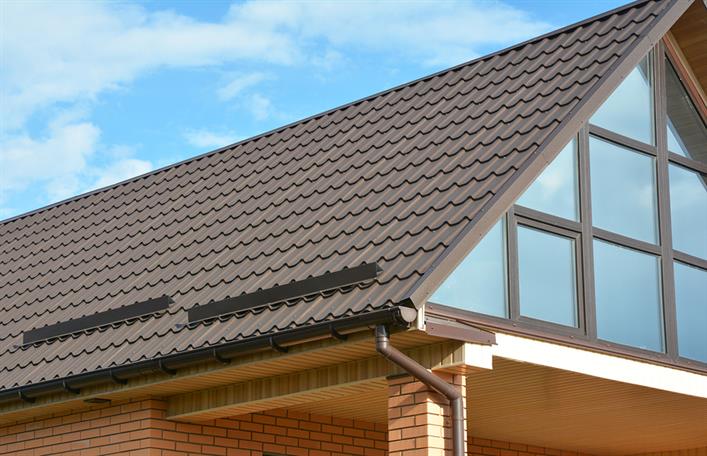To protect your home and its occupants from the elements, your roof must be properly maintained. As a result of wear and tear and different weather conditions, the quality of your roof may decrease over time.
Homeowners commonly dispute whether it would be best to repair, patch, or replace their roof when faced with roofing concerns. Making the appropriate choice can help you save money and limit further harm. In this post, we’ll examine the variables to take into account while choosing between patching, repairing, and replacing your roof.
Assessing the Damage:
It’s essential to conduct a comprehensive inspection of your roof before deciding on the best course of action. Look out for damage indicators including shingles that are missing or cracked, leaks, drooping regions, or obvious water stains on the ceiling.
Age of the Roof:
The age of your roof is a significant factor in determining whether it’s time for a replacement. Most roofing materials have an expected lifespan, such as asphalt shingles lasting around 20 to 30 years. If your roof is near the end of its expected life and experiencing issues, a replacement may be the most practical long-term solution.
Extent of Damage:
The extent of the damage plays a crucial role in deciding the appropriate action. Small localized problems, like a few missing shingles or minor leaks, can often be patched or repaired effectively. However, if the damage is widespread and affecting a large portion of the roof, a replacement may be more cost-effective in the long run.
Repair vs. Patch:
Repairing and patching are distinct approaches to fix roofing issues. Repair typically involves addressing specific problems while keeping the overall integrity of the roof intact. It might include fixing leaks, replacing damaged shingles, or sealing gaps.
On the other hand, patching involves fixing a localized area without addressing the entire roof. Patching is suitable for minor damages and can extend the life of your roof until a replacement is necessary.
Cost Considerations:
Cost is often a significant deciding factor. You must consider the long-term advantages even if repairs and patching are typically less expensive than a complete replacement. Regular roof maintenance can pile up over time, making installing a new roof more affordable in some circumstances.
Energy Efficiency:
Today, there are roofing materials that are energy efficient. If your current roof is poorly insulated or lacks energy-saving measures, replacing it with energy-efficient materials could ultimately save you money on heating and cooling costs.
Local Building Codes:
When deciding between repair and replacement, be aware of local building codes and regulations. In some areas, significant repairs may trigger requirements for updates that bring your roof up to current code standards. In cases like this, a replacement may be the better option.
Determining whether to repair, patch, or replace your roof requires careful assessment of the damage, age of the roof, extent of issues, cost considerations, energy efficiency, and local building codes. While minor repairs and patching can address immediate problems, a roof replacement may be the best option for an aging or extensively damaged roof.
You can make an informed decision and ensure the longevity and safety of your property by consulting a knowledgeable roofing contractor. Remember that regular inspections and preventative maintenance can extend the lifespan of your roof and lower the need for costly repairs or replacements.

